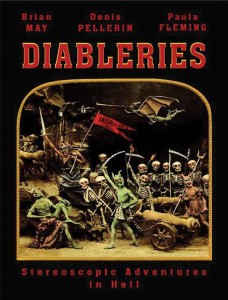 It is important to be aware of the power of statistics. I confess to having had less than an acceptable grasp in the past and this not only serves as an effective barrier to developing some strands of research but also allows emphases to be weighted in analysis that tend toward the misleading. One only has to pick up a newspaper to see sensational headlines based on a misreading of an outcome from a journal or, worse, offering publicity to a study based on a minimal sample or a questionably significant finding.
It is important to be aware of the power of statistics. I confess to having had less than an acceptable grasp in the past and this not only serves as an effective barrier to developing some strands of research but also allows emphases to be weighted in analysis that tend toward the misleading. One only has to pick up a newspaper to see sensational headlines based on a misreading of an outcome from a journal or, worse, offering publicity to a study based on a minimal sample or a questionably significant finding.
In my many attempts to self-improve in this area I have inevitably hit the point where the words and symbols start to blur mysteriously and my thoughts drift away. I will, therefore, heartily recommend a newly updated third edition of Statistics in Medicine by Robert Riffenburgh. Why? For the simple reason that the author ensures that all explanations and worked examples (the text comprehensively covers probabilities, odds, ranked data, sampling, equivalence and regression analysis) are firmly based in real life context.
Register now to continue reading
Thank you for visiting Optician Online. Register now to access up to 10 news and opinion articles a month.
Register
Already have an account? Sign in here
